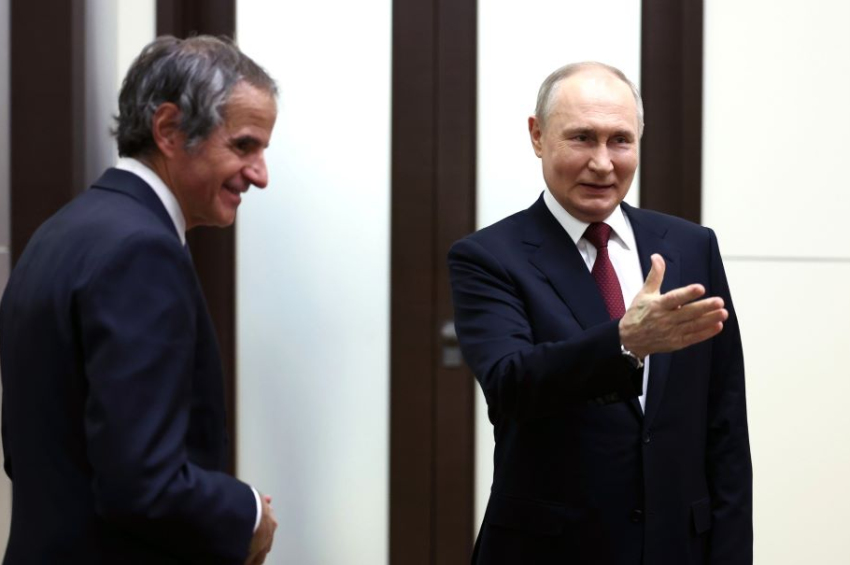Resident of Russia Far East tried to set Lenin's Mausoleum on fire with Molotov cocktail
The pyramid-shaped structure where the body of Vladimir Ulyanov alias Lenin, the Bolshevik leader and first head of the Soviet state is exhibited for public display has attracted tens of millions of visitors from all over the world during the past 100 years.
But Lenin’s Mausoleum in Moscow’s Red Square has also been a target of attacks by people with anti-Soviet sentiments, radical religious beliefs, and mental disorders even since its inception in 1924.
In the latest attack on 18 July 2023, a 37-year-old resident of Chita, a city in Russia’s Far East, some 400 kilometers north of the Mongolian border, traveled more than 4,730 kilometers westward in order to set Lenin’s Mausoleum on fire. He smashed a bottle with Molotov cocktail against the mausoleum pavement, which immediately caught fire. A police patrol extinguished the fire and apprehended the man, who resisted the arrest.
The attacker was identified as Konstantin Stachukov, the same man who first attempted to damage the Communist-era shrine last February with two bottles filled with gasoline. Both times he was under the influence of alcohol and both attempts failed.
The police delivered him to a psychiatric hospital for examination, like it happened during the first attempt. The man, who turned 37 on 18 July, was charged with resisting the police.
Stealing Lenin’s body
Also in February, a 42-year-old Moscow resident attempted to steal Lenin's body from the mausoleum, according to his own confessions after the arrest. The man had consumed alcohol before starting to look for an easy access to the sarcophagus.
This one, too, was taken to psychiatric examination.

Previous attacks on the mausoleum
The first wooden mausoleum was erected in January 1924, immediately after Vladimir Lenin's death, and the second wooden one was built in May 1924. A stone version was completed in October 1930. From the very beginning, it never stopped being a target of attacks from people with various social backgrounds and beliefs.
Some attackers tried to destroy Lenin's body, others were happy with damaging or vandalizing the structure with grenades, Molotov cocktails, ink, and paint. The sarcophagus of Lenin itself had been under repeated attacks, some of which were successful.
After his death in March 1953, dictator Joseph Stalin, too, "resided" in the Lenin Mausoleum, though for a brief time.







